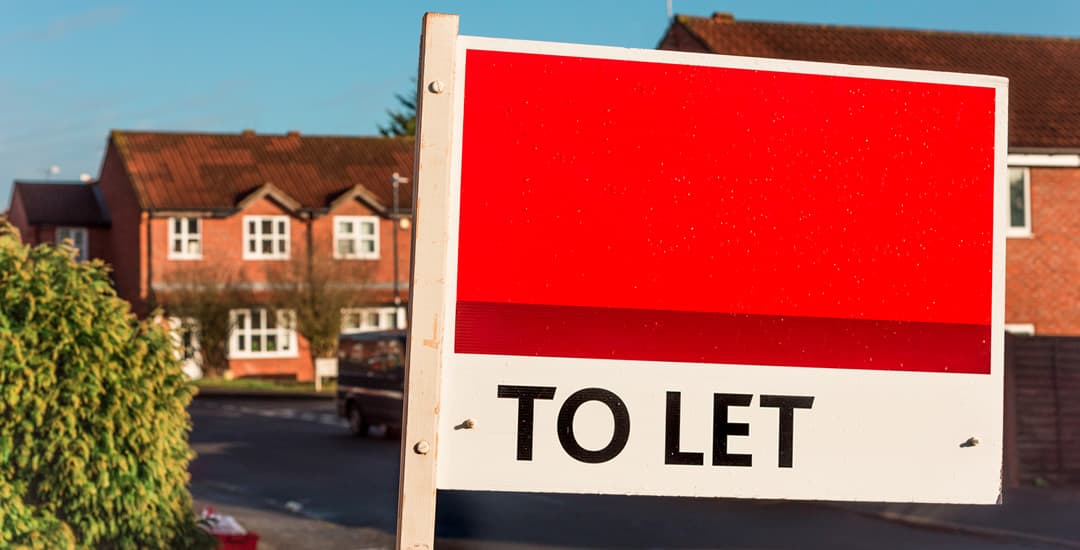
There are quite a few things to consider if you are looking to buy blinds for a buy-to-let property you want to rent out; practicality, longevity, suitability, and cost, to name just a few.
Window blinds are far less costly to buy than curtains as well as a lot more practical and long-lasting, particularly if you’re buying for a property you rent out or plan to rent out for the long term, and that will be subject to the usual wear and tear that tenanted properties invariably incur.
This blog post will tell you how to choose blinds for a buy-to-let property, and what you need to consider in both practical and aesthetic terms.
How to choose blinds for a buy-to-let property that you own
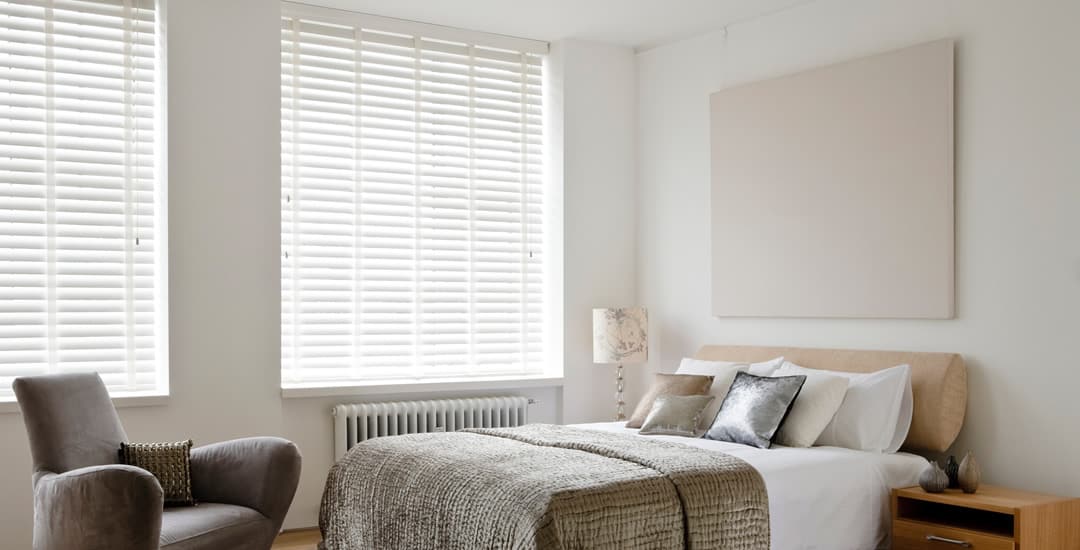
If this is your first buy-to-let rodeo and you’re looking to buy blinds, you might well find yourself a little daunted by the sheer level of choice available. Obviously you want to invest enough into your property to maximise your potential rental income and increase the property’s appeal to potential tenants, but you’re probably not looking to spend more than you need to either.
Some of the main factors you need to think about when it comes to choosing and buying blinds for a buy-to-let property are:
- The style of the property and the area in general; very old-fashioned blinds in a modern or minimalistic property will detract from its appeal, whilst overly futuristic blinds or designs are definitely going to look jarring in an older home in a rural area
- Different rooms of a home will almost certainly call for different types of blinds for each of them too; for instance, you’re strongly advised to choose waterproof blinds for bathrooms and kitchens, but you might want blackout blinds for the bedrooms and potentially, blinds that can filter light for the living room and other rooms that will be in frequent use during the day and that get a lot of light.
- In general terms, you might want to choose thermally insulating blinds to increase the home’s energy efficiency too.
- Even the type of tenants you’re expecting to rent to or wish to target might have some impact too; for instance, if you’re renting a family home, you’re better off looking at robust and hardwearing blinds that are likely to be somewhat resistant to child-related damage than blinds that are very costly and delicate.
- The opposite might be true if you’re planning to let a property to higher-level professionals who want a stylish home that reflects their own aspirations, and that aren’t looking to start a family any time soon.
- The sort of lifespan or longevity of different types of blinds is something else you should weigh up. The cheapest type of blinds you can buy will almost certainly be readymade ones, albeit you should bear in mind that these might not be a perfect fit for your windows, will likely need trimming to size, and are apt to look somewhat unfinished if you do this.
- The main issue you will face here however is that readymade blinds tend to be fairly flimsy, and designed for a functional lifespan of just two to three years of regular use before needing replacement.
- Good quality made-to-measure blinds of the same type, however, will last for a decade or more in good working order, which makes them by far the better investment in the long term.
- Normal/acceptable wear and tear to the property on the part of tenants cannot be billed to them or made their responsibility either, so if you do buy cheap readymade blinds that ultimately need replacing after a couple of years as a result of this, you can’t expect your tenants to swallow the cost!
- That said, if you only plan to rent the property out for a couple of years and/or plan to refresh or update the property every couple of years, perhaps as tenants turn over, readymade blinds might be fine as a one-off, as long as you view them as something of a consumable rather than a fixture/fitting!
This will ultimately cost you many times more than a good set of made-to-measure blinds over the longer term, however, if you’re thinking of your property, tenants, and investment in terms of 5-10 years plus. - Finally, if you’re buying fabric blinds for a buy-to-let property, make sure that they’re made of fire-retardant fabrics. This is almost always the case for commercial fabrics sold within the UK (and all of the fabrics that we use for our own blinds) but just double-check this.
How do you choose blinds for a buy-to-let property on a budget?
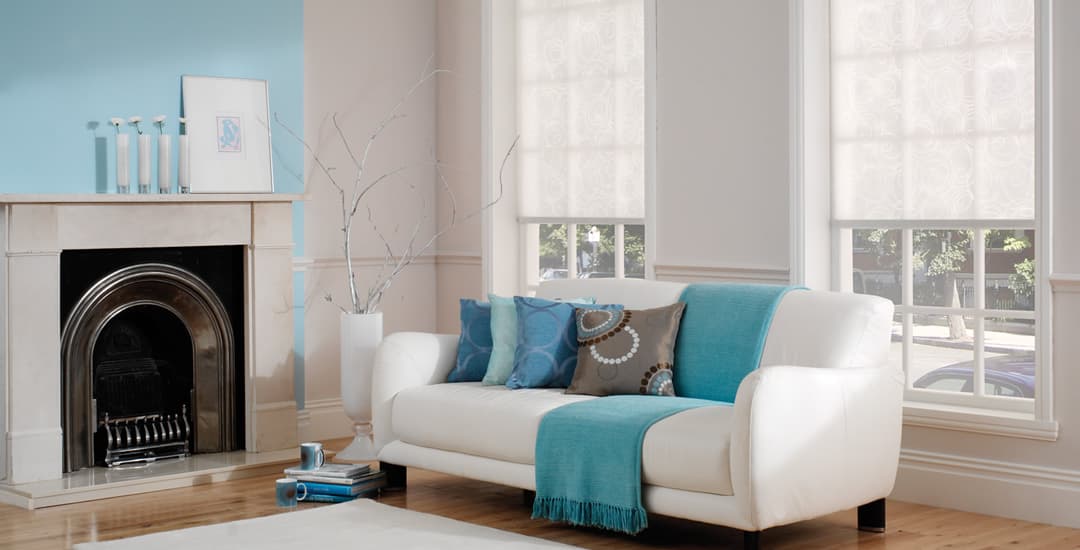
Budget is always an important factor when it comes to buying or doing anything for/to a buy-to-let home.
There are many different types of window blinds, and across each type, the price can vary considerably depending on the quality and any potential upgrades to the norm, such as having a blackout lining or finish.
But across the different families of blinds types, there is a reasonably well established price hierarchy, which sees Roman blinds and wooden blinds as generally the most expensive type of window blinds overall, and roller blinds, vertical blinds, and Venetian blinds as the least costly, with roller blinds being the most economical choice.
In terms of the lifespan versus cost, if you’re investing in good quality made-to-measure blinds, any type of blinds bought from a reputable retailer is designed to last for over a decade (and often quite considerably more) in daily use.
This is assuming that they’re used as intended (for instance, not using non-waterproof blinds in kitchens or bathrooms) and not left in situ without being opened and closed for so long at a time that they begin to jam up.
In some cases, investing in a slightly more costly type of blind can be a good move. For instance, faux-wood blinds are really hardwearing and so, are a good choice for family homes as they’re both waterproof and unlikely to be damaged physically, as they’re made of rigid PVC.
That said, waterproof roller blinds (which look just like regular roller blinds, and don’t look at all out of place in bedrooms and living rooms) are also very hardwearing, assuming they’re not poked with scissors or yanked about too much! Choosing these for all of the rooms in the home, even rooms we don’t traditionally associate with mess/water other than when children are involved, would be an alternative route to take at a lower cost.
What you need to consider when buying blinds for a buy-to-let property
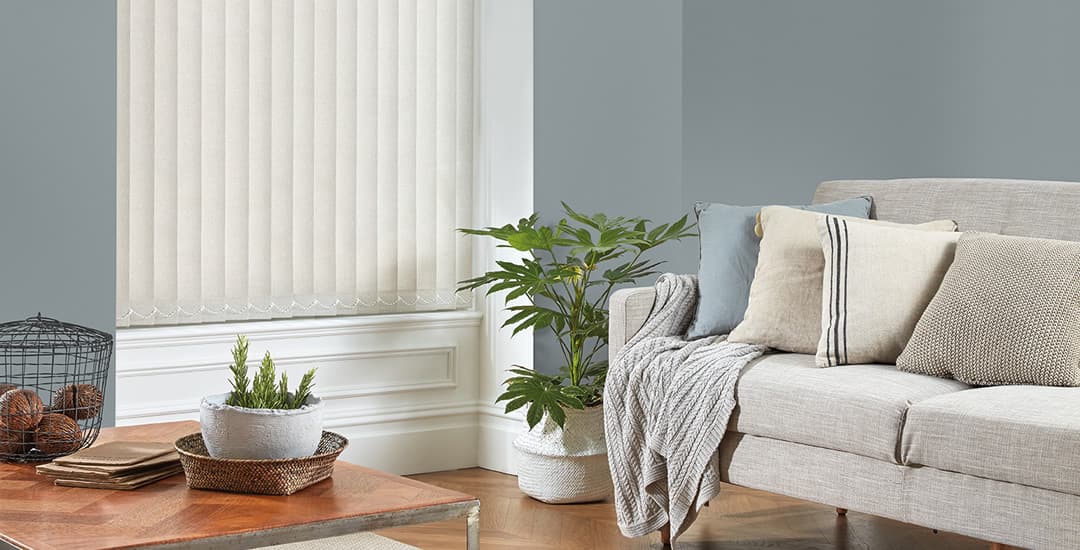
- As well as above factors that you should take into account when buying blinds for a buy-to-let property, my general advice is to stick to neutral colours (as tends to be the norm for buy-to-let properties anyway) but avoid pure/glaring white blinds, which will show up every tiny mark and all of the dirt!
- Creams, greys, beiges, and so on are all fine, and there are plenty of darker neutrals too. Try to coordinate the blinds to the colour of the flooring/carpet, unless doing so would make the room look unduly dark.
- Avoid choosing blinds with prints or patterns, because even if you’re letting your property already furnished, your tenant will undoubtedly have their own style and preferences, which are potentially going to clash with any pre-existing design.
- It’s more welcoming for tenants to be able to put their own stamp on their rental and be able to bring it to life with their own finishing touches, and you might alienate some would-be tenants if your property’s décor already has a strong theme or design in place.
- Also, when you’re fitting the blinds, always fit any safety features that come with them; it is not always self-evident that things as simple as a supplied cleat to secure a blind’s cord to the wall is actually integral to making your blind child-safe and meeting the relevant safety standard, but it is!
- Always fit the blinds in accordance with the directions supplied to ensure that they are child safe and work as intended.
- Finally, if you’re replacing blinds or refurbishing a property with a tenant already present and you expect them to remain in the property for some time to come, you might want to involve them and ask for their input or preferences.
It wouldn’t make good sense to make cosmetic changes to a property to suit a tenant who isn’t going to hang around; but if your tenant is in for the long haul, it is a nice touch, promotes good landlord/tenant relations, and may incentivise a longer tenancy stay, to invite your tenant to make suggestions or requests for the type of blinds they want.
What blinds are best for a buy-to-let property?
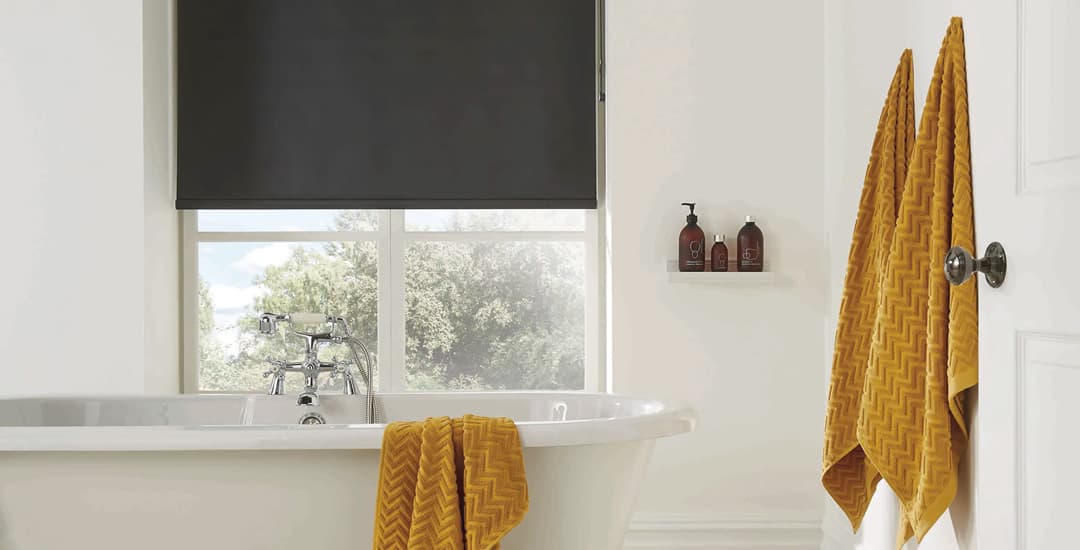
There are lots of potential options open to you, and you should make your choices based on the factors mentioned above, such as what’s right for each room and what sort of property and so, tenants you’re working with.
Here are a few suggestions to get you started:
- Our Bartlett Cameo roller blind is affordable but quite distinctive and luxurious looking, in deep cream faux silk with a blackout lining. This would be a good choice for a higher-end or more luxurious rental property.
- This Planet stone vertical blind is made from waterproof and thermally efficient grey marble fabric, and is a good choice for say, a set of patio doors in a family living room as it is waterproof and also won’t show up dirt, plus it can be wiped clean; and will help to insulate those large plate glass patio doors.
- This dark grey graphite Venetian blind is a great example of a darker neutral shade, which would be a good pick for more or less any room of a more modern property.
- Finally, our Multi Lux Imperial roller blind in vibrant deep blue would be a good pick for a blue-themed bathroom, or even as a subtle and un-busy colour splash in a bathroom that’s all white.




